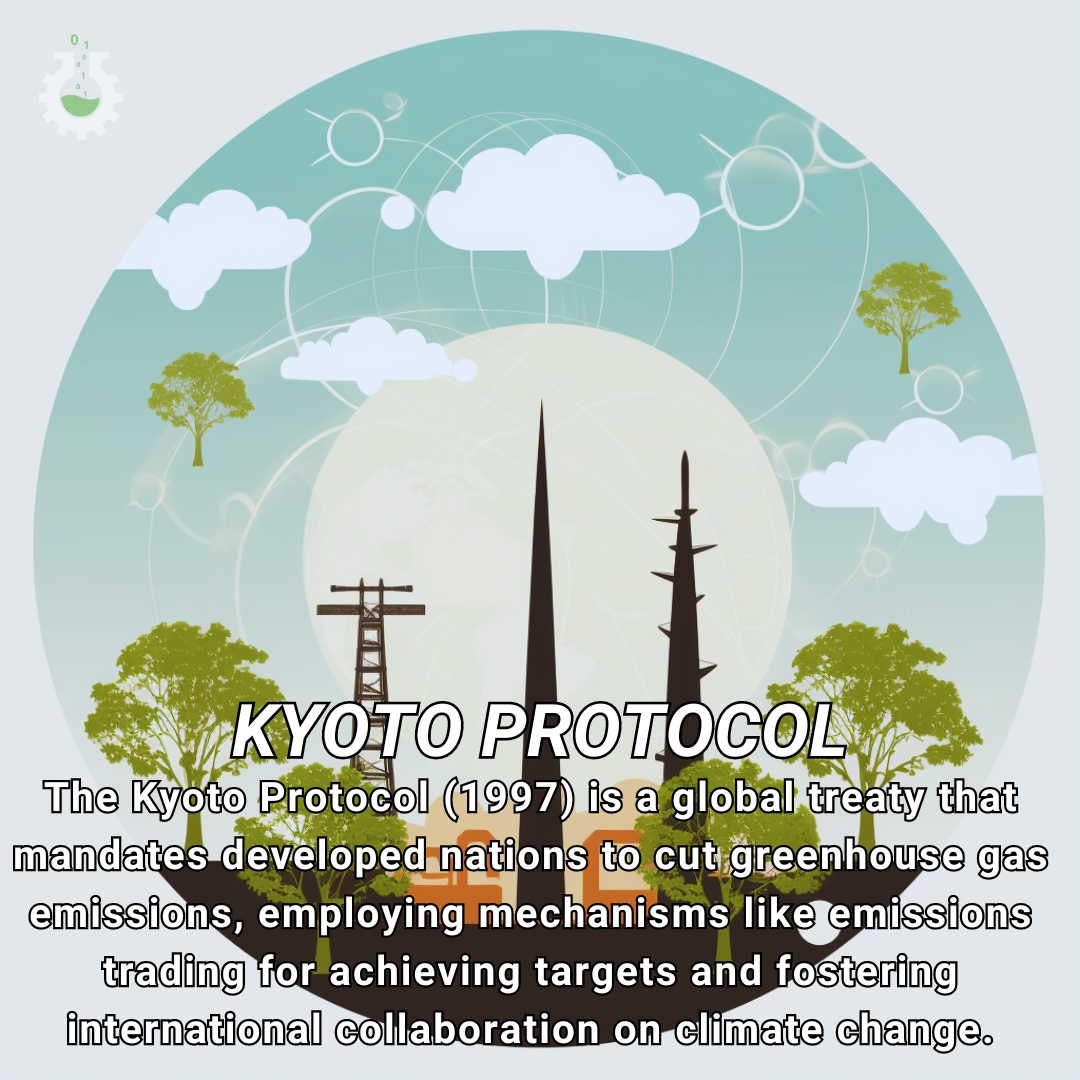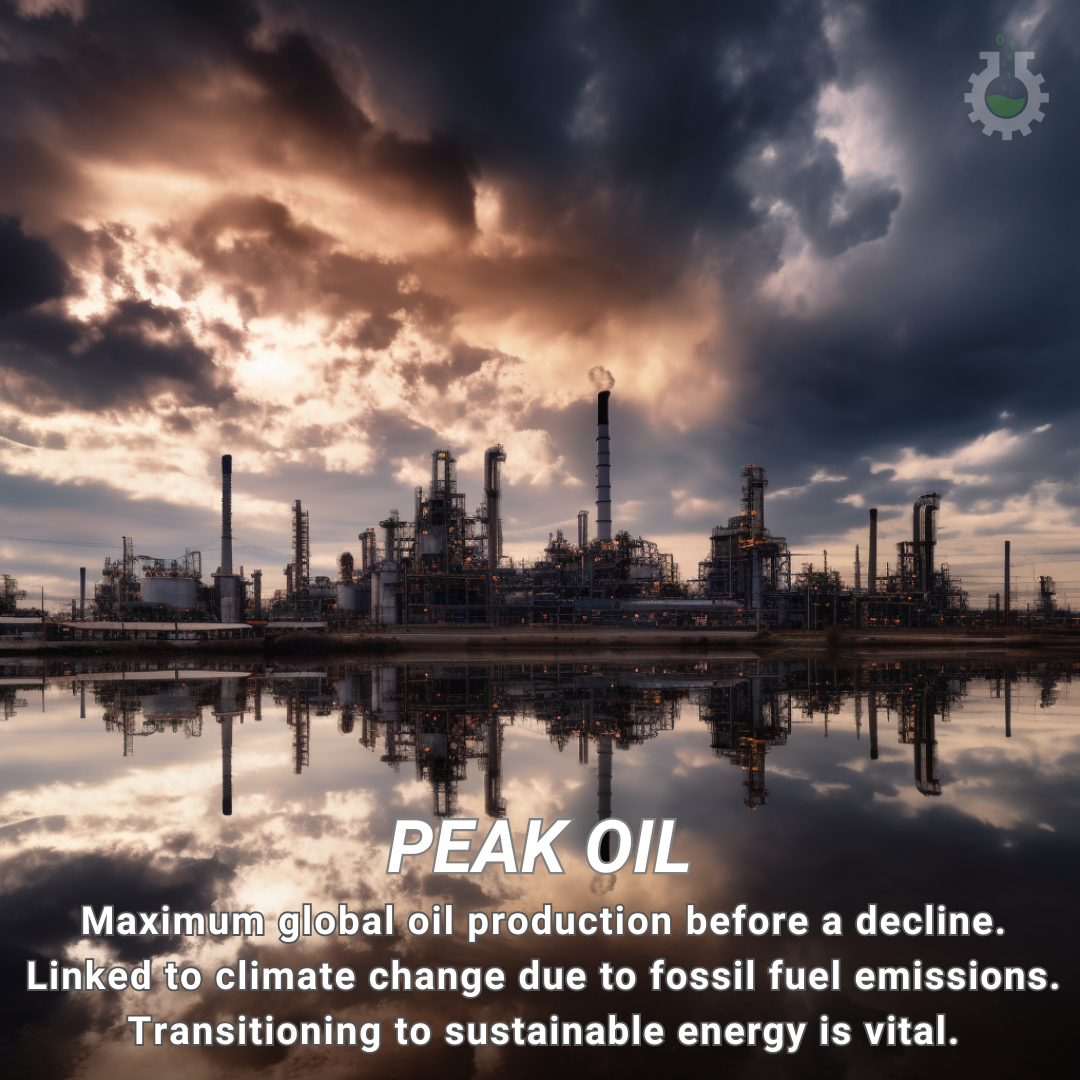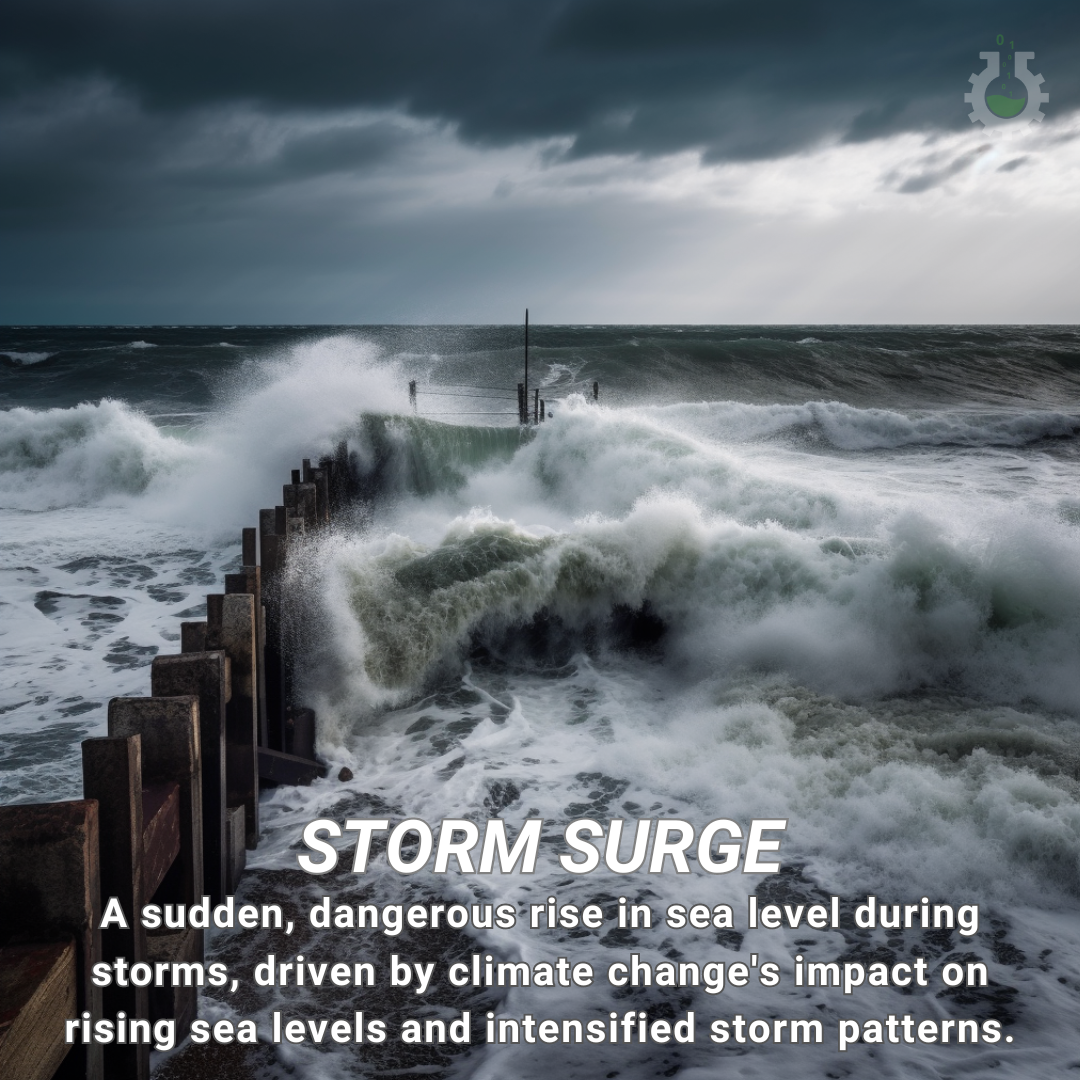Coral Bleaching is a phenomenon where coral reefs lose their vibrant colors due to the expulsion of symbiotic algae, usually caused by rising sea temperatures. This weakens corals, making them more susceptible to diseases and threatening marine biodiversity. A clear indicator of climate change impact on oceans.
The Kyoto Protocol is an international treaty adopted in 1997, aiming to combat climate change by reducing greenhouse gas emissions. It sets binding targets for developed countries to reduce their emissions of six greenhouse gases over a specified commitment period. The protocol established mechanisms such as emissions trading, clean development mechanisms, and joint implementation to […]
Ocean Gyres are large systems of rotating ocean currents, particularly prominent in the subtropical regions. These circular currents play a vital role in marine ecosystems and climate patterns. However, they can also trap and concentrate marine debris, contributing to environmental issues like the infamous “garbage patches.” The intensification or alteration of ocean gyres is linked […]
Glacial Retreat: The process of glaciers shrinking in size over time, primarily due to global warming. Rising temperatures cause ice melt, leading to the retreat of glaciers, impacting ecosystems, water resources, and contributing to sea level rise. Connection to Climate Change: Glacial retreat is a visible consequence of climate change, highlighting the Earth’s warming. This […]
Energy Storage: the capture and retention of energy produced for later use, mitigating the intermittent nature of renewable sources like solar and wind. This technology aids in balancing energy supply, reducing reliance on fossil fuels, and supporting a more sustainable and resilient energy system in the face of climate change impacts.
Peak Oil refers to the point in time when the global production of oil, the world’s primary source of energy, reaches its maximum capacity and begins to decline. This phenomenon is connected to climate change as the extraction, processing, and consumption of fossil fuels, including oil, release greenhouse gases, contributing to global warming. Transitioning to […]
Storm Surge is a rapid and extreme rise in sea level during a storm, primarily caused by strong winds pushing water toward the shore. It poses a severe threat to coastal areas and is intensified by climate change, driven by rising sea levels and increased frequency of intense storms.
Weatherization is the process of making buildings more energy-efficient to reduce energy consumption and environmental impact. It involves adding insulation, sealing air leaks, and upgrading windows and doors. This practice contributes to climate change mitigation by lowering carbon emissions associated with heating and cooling buildings.
Carbon Sink is a natural or artificial reservoir that absorbs and stores carbon dioxide from the atmosphere, mitigating the greenhouse effect. Forests and oceans act as crucial carbon sinks, playing a vital role in regulating climate change.
Smart Grid a modern electrical grid system that leverages advanced digital technologies to efficiently manage and distribute electricity. It incorporates real-time communication and automation to optimize energy production, transmission, and consumption. The smart grid contributes to climate change mitigation by enhancing energy efficiency, integrating renewable sources, and reducing overall environmental impact.












